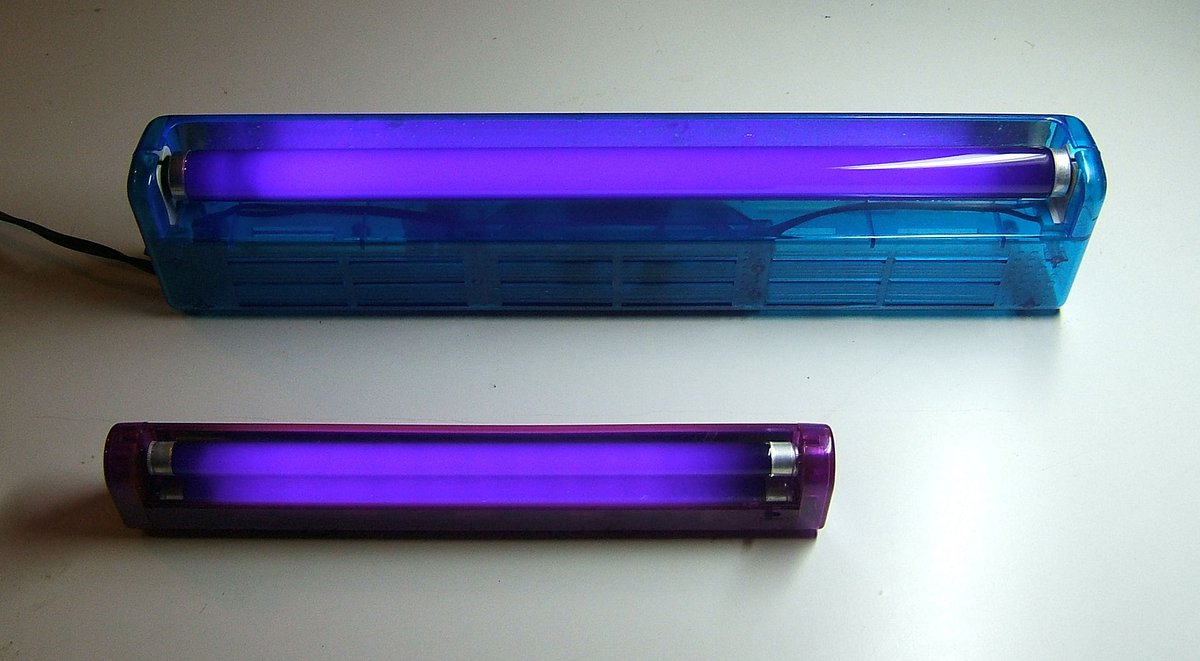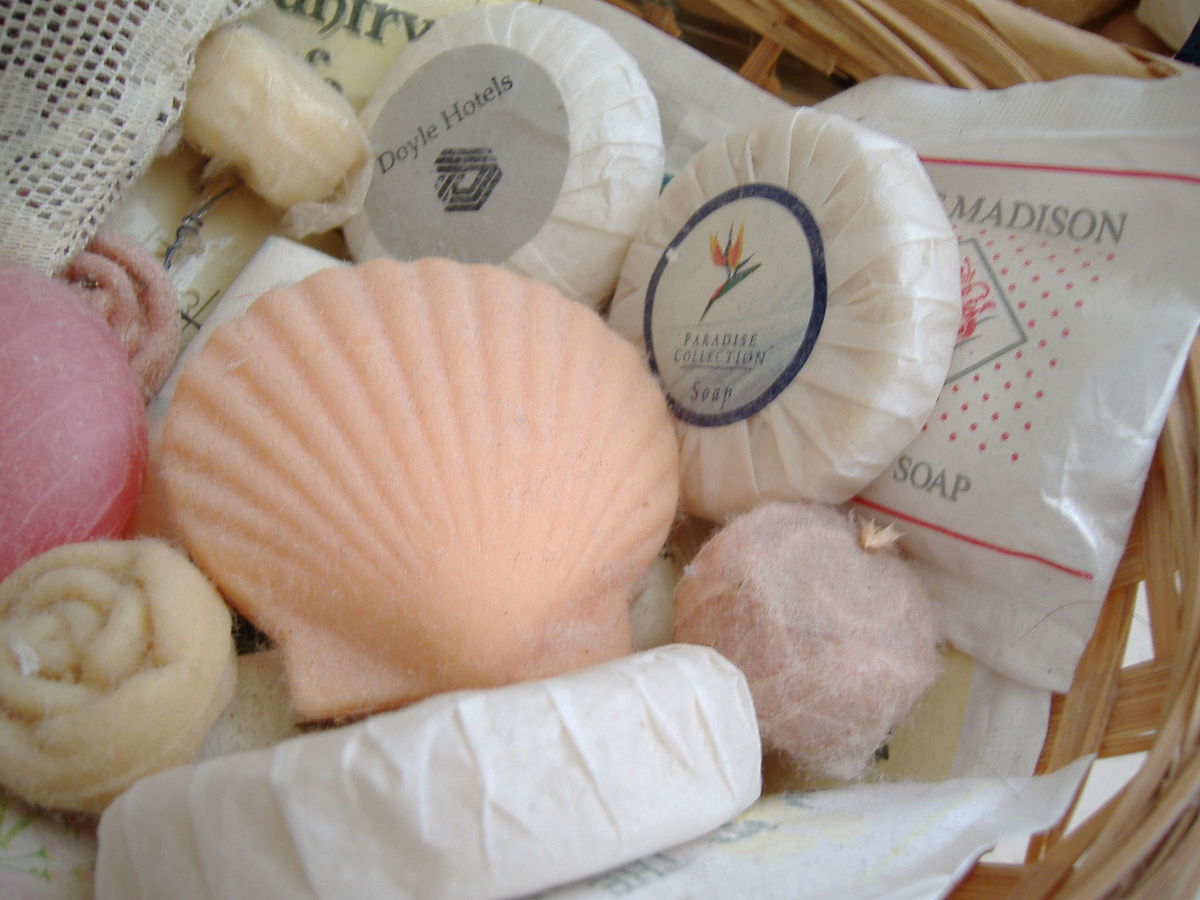
1/9 It looks like my "soap" tweet has been quoted all over the place. Wonderful! I do though take a slight issue with the tone in some of these when it comes to soap vs hand sanitiser. Just because I said, soap is better, doesn't mean sanitiser are not good-they are very good! 

2/9 Let's recap: Soap dissolves the virus by breaking up the interactions that hold it together. The alcohol in sanitisers and wipes does pretty much the same: "Hence alcohol does also dissolve the lipid membrane and disrupts other supramolecular interactions in the virus"
3/9 There is a subtle point here that I didn't explain. Alcohol is a solvent. It is different from water or say petrol. Now, non-covalent interactions are very solvent dependent. The "hydrophobic" interactions that hold the virus together are strongest in water (water = hydro).
4/9 So, at say 60% ethanol concentration the hydrophobic effect is greatly weakened. In fact so much that this is probably the main reason the virus "dissolves" in alcohol solutions. Hence, alcohol solutions are very effective at making the virus inactive. 

5/9 Therefore, if you can reach every crook and nanny on your skin with the alcohol based sanitizer, then it will get rid of all the viruses just like soapy-water does. I been reading papers from infection experts how experimentally have compared soap vs alcohol based products.
6/9 There is not much difference - slightly larger number of papers are in favour of soap over alcohol based products (c.a. 60/40). When you read the papers more carefully, it seems that this mostly about the TECHNIQUE not the product! That is, how you rub & wipe your hands.
7/9 This does make sense from a chemistry standpoint. Both work well. Compare the recommended techniques. The one for hand soap is not that far off the "natural" way I think many of us use soap. Also, because you don't need "much" soap, +20 sec of wash will cover your hands well. 

8/9 Look at the recommended hand sanitizer method - do you do this? Why is this necessary? Because it is the best way to get the alcohol everywhere on your hands. Remember, you need the virus to "feel" that 60% alcohol, even it is very briefly. This is slightly harder to do. 

9/9 Both work very well! Use the one you prefer or better, both; sometimes soap, sometimes sanitizer. The latter is a lot more convenient. But it does not always kill 100%. Even if it sometimes "only" kills 95% you still done great. Rub long and well. That's the key with both!
• • •
Missing some Tweet in this thread? You can try to
force a refresh








